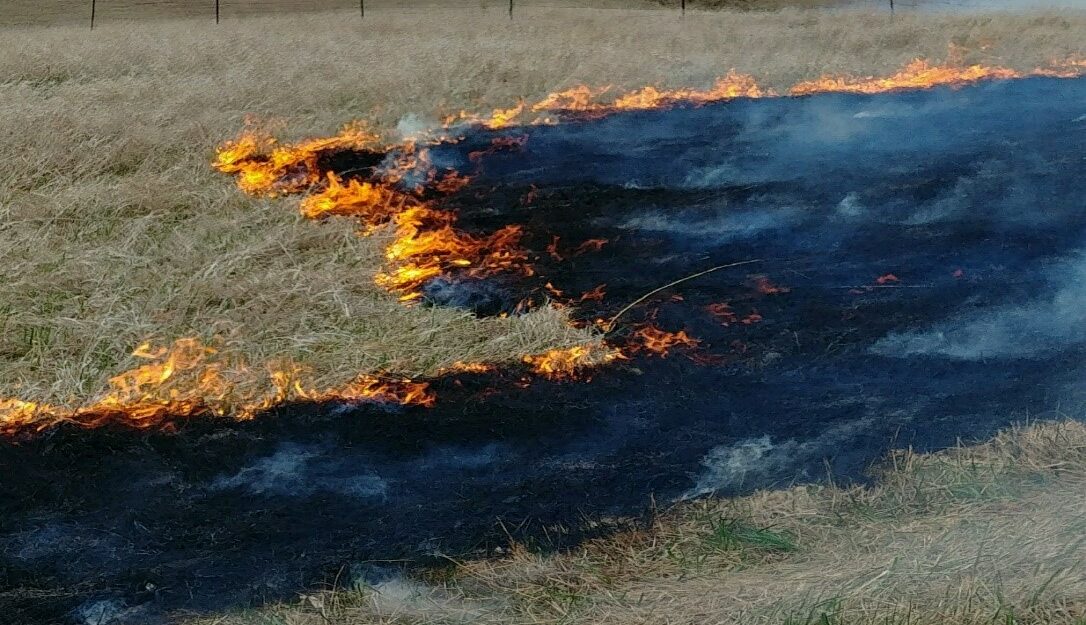Hello, goodbye to burn season

By: Kelsey Brock

Our crew has been working with a Scientific Natural Area crew in Windom, MN for the last few weeks. The majority of the work we’ve been doing here has been chainsaw work, clearing invasive species of Buckthorn, Honeysuckle, and Cedar at sites in or around Windom. But luckily, the weather cooperated long enough for us to get in a few days of burning too.
When I tell people that prescribed burning is one of the things we do in the Corps, they usually ask the obvious question: “What’s the purpose?” It’s really cool that we get to set things on fire, but why do we do this?
For certain areas, fire has historically been a natural element of maintaining the land and what grows there. It has helped those areas thrive by clearing out invasive species of plants and regenerating the growth of species that are native and that have adapted to the presence of fire. Intentionally setting fire to these areas allows us to restore them back to their natural state in a more controlled way. My personal favorite part of prescribed burning is that it keeps me nice and warm, which is always such a difficult task to accomplish for someone who is forever cold. If you’re looking for me on a burn, I’m probably the one standing as close as possible to the flames.

But as beneficial as the heat is to my internal body temperature, and the land, the control part is just as important. To achieve the aspect of control, there’s many things that go into the process, including the use of water, hand tools, drip torches, and the awareness of weather conditions. Factors like temperature, relative humidity, wind speed and direction, and precipitation all play into the success of a burn. We learned this on our last burn that was done on an SNA unit located near Pipestone, MN. All was going well until we got towards the end of the afternoon, at which point it started raining us out. Because the weather needs to cooperate a certain way, burning is safest during short periods in spring and then again in fall. So while it seems like we have only just began our burn season, it is quickly ending, and soon we will have to settle for lighting campfires instead of setting acres of land on fire.